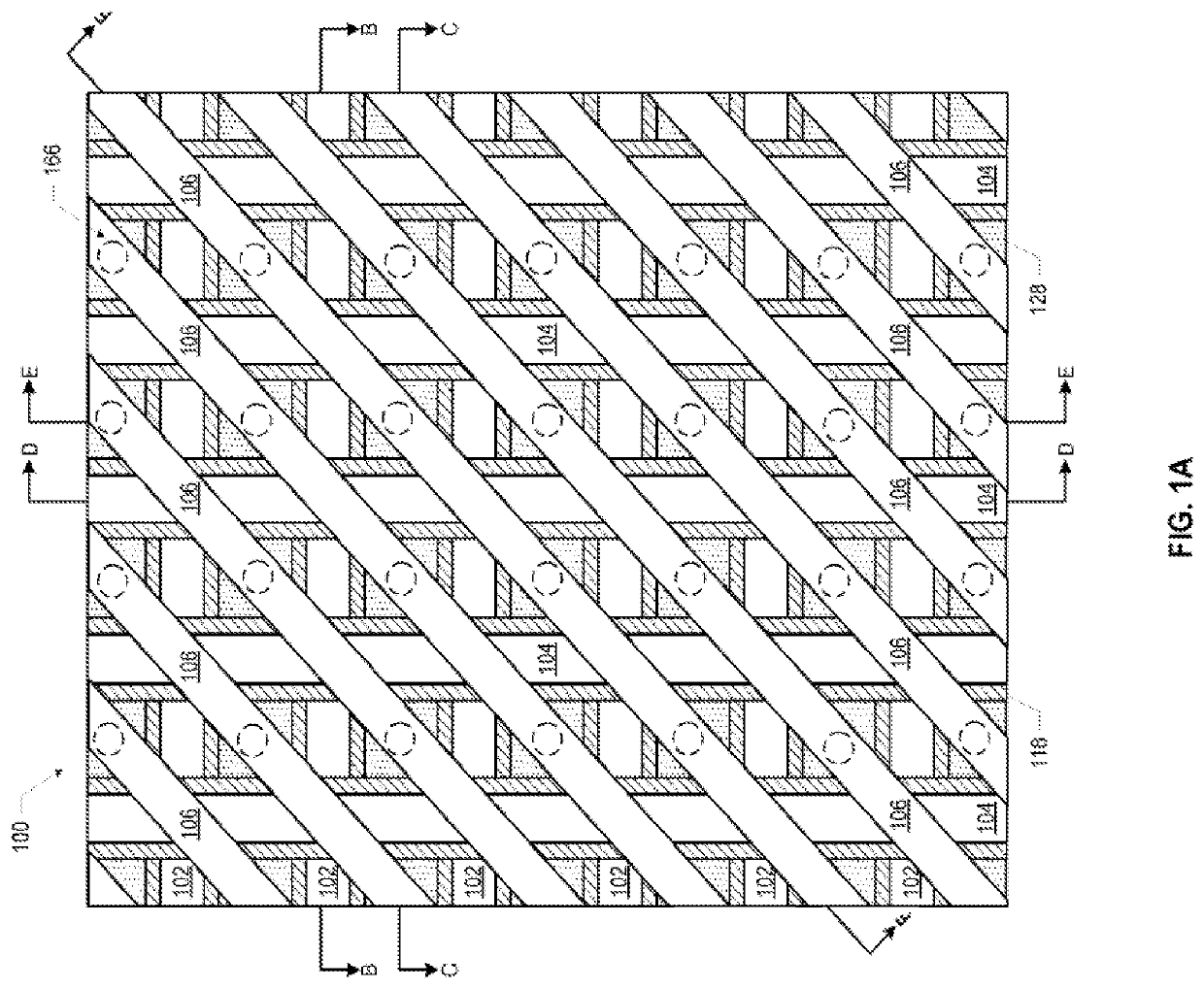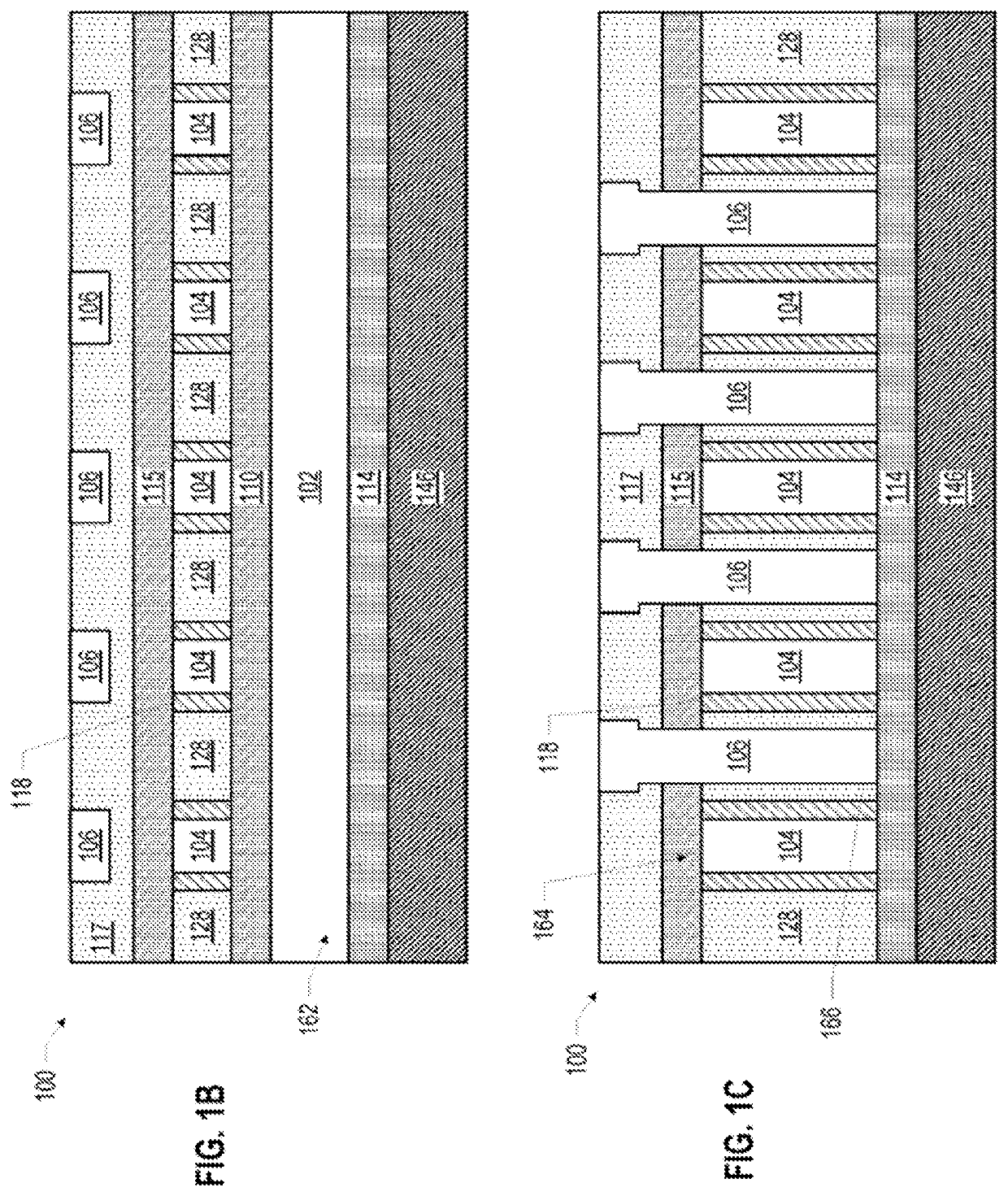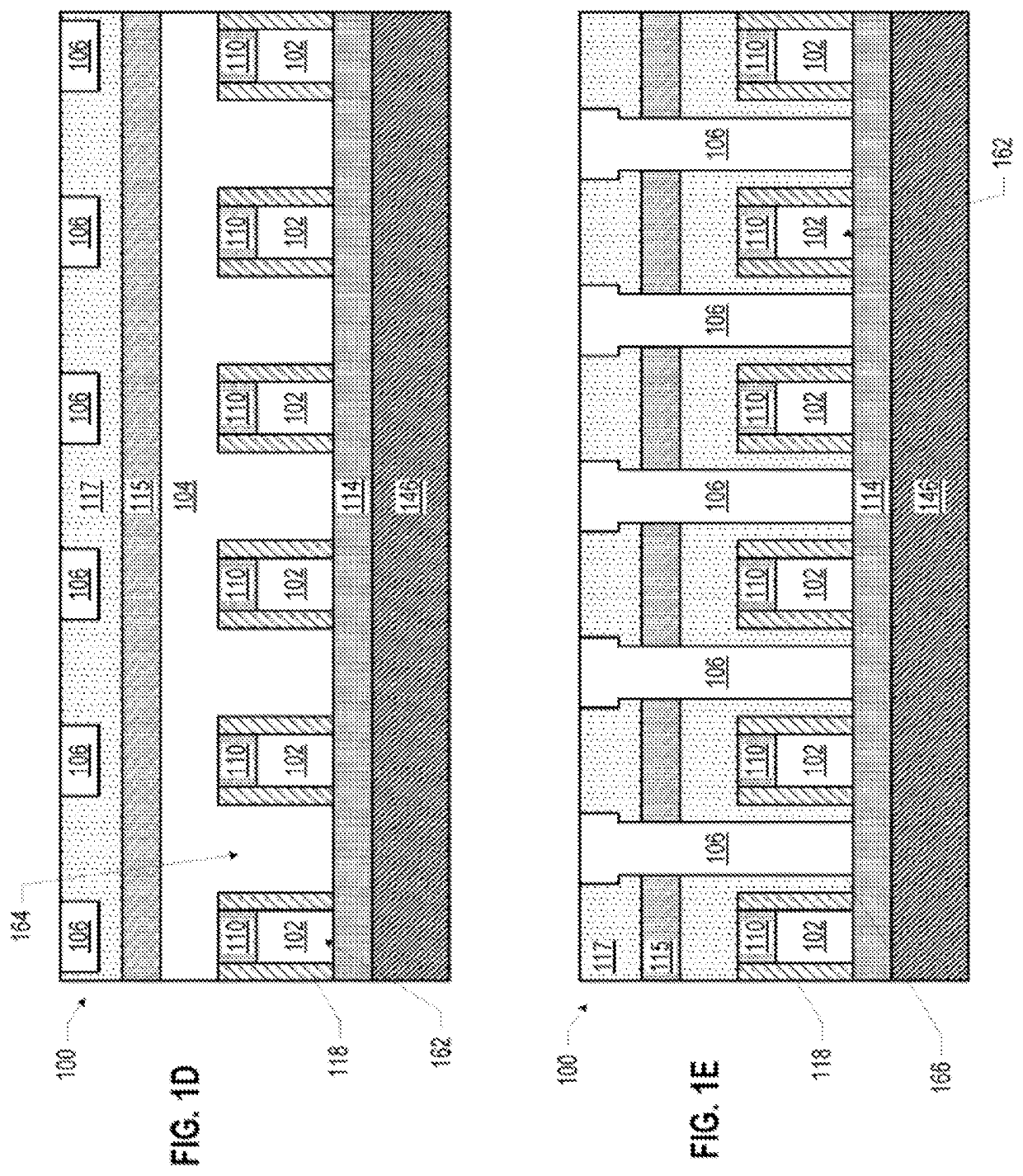Automatic Real-Time Calibration of Qubit Chip
a real-time calibration and qubit chip technology, applied in the field of quantum computing, can solve the problems of fragile quantum states, insufficient microarchitectures of these mechanisms, and modest success to da
- Summary
- Abstract
- Description
- Claims
- Application Information
AI Technical Summary
Benefits of technology
Problems solved by technology
Method used
Image
Examples
example 10
[0111] The apparatus of example 1 wherein the EM pulses comprise DC pulses.
[0112]Example 11. A method comprising: generating sequences of electromagnetic pulses to manipulate the states of the plurality of qubits of a quantum processor based on a set of control parameters; measuring one or more sensors associated with a corresponding one or more of the qubits of the plurality of qubits to produce one or more corresponding measured values; and evaluating the one or more measured values in accordance with a machine-learning process; generating updated control parameters based on the machine-learning process; and using the updated control parameters to generate subsequent sequences of pulses to manipulate the states of the plurality of qubits.
example 12
[0113] The method of example 11 wherein the machine-learning process is to estimate measurement values from the sensors and to determine differences between the measured values and corresponding estimated values to determine the updated control parameters.
example 13
[0114] The method of example 12 wherein the machine-learning process further comprises: evaluating a set of estimated control parameters to generate the estimated measurement values.
PUM
 Login to View More
Login to View More Abstract
Description
Claims
Application Information
 Login to View More
Login to View More - R&D
- Intellectual Property
- Life Sciences
- Materials
- Tech Scout
- Unparalleled Data Quality
- Higher Quality Content
- 60% Fewer Hallucinations
Browse by: Latest US Patents, China's latest patents, Technical Efficacy Thesaurus, Application Domain, Technology Topic, Popular Technical Reports.
© 2025 PatSnap. All rights reserved.Legal|Privacy policy|Modern Slavery Act Transparency Statement|Sitemap|About US| Contact US: help@patsnap.com



